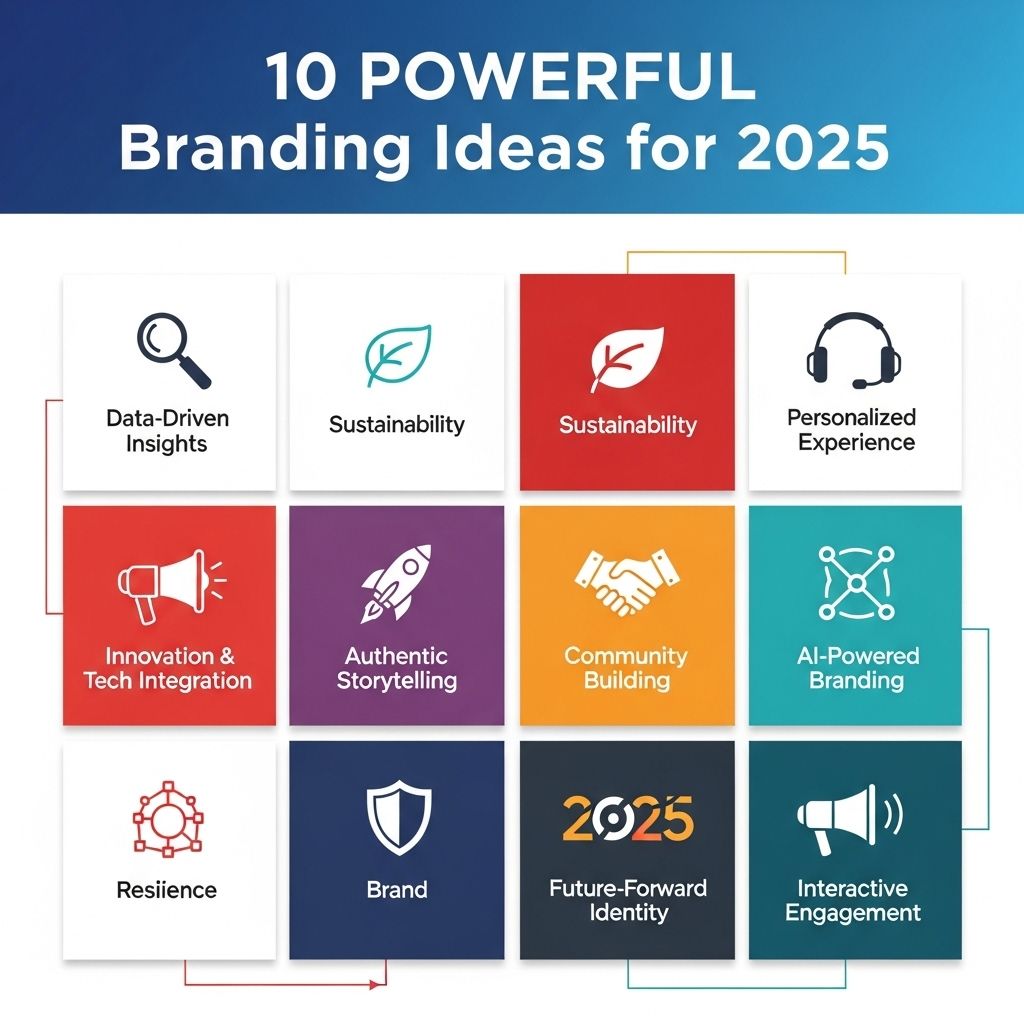In today’s fast-paced digital landscape, understanding your market fit is crucial for the success of any product or service. Market fit refers to the extent to which a product satisfies the demands of the market. Achieving this balance can be the key to driving customer engagement and ensuring long-term sustainability. In this extensive guide, we will explore five essential tools that can help you define and refine your market fit, ensuring that your offering resonates with your target audience.
Understanding Market Fit
Market fit is a multifaceted concept that encompasses various elements of business strategy. It involves evaluating not only the product itself but also the customer needs, competition, and market trends. Here are some of the core components:
- Customer Needs: Identifying what your customers truly want.
- Value Proposition: Clearly articulating how your product meets those needs.
- Competitive Analysis: Understanding where your product stands in relation to competitors.
- Market Trends: Keeping an eye on the evolving landscape and customer behaviors.
Tool 1: Customer Development Process
The Customer Development Process, developed by Steve Blank, is an iterative framework that helps startups validate their ideas through direct feedback from potential customers. This approach is structured around four phases:
1. Customer Discovery
In this initial phase, you engage with potential customers to understand their pain points and validate your assumptions about the market. Key activities include:
- Conducting interviews and surveys.
- Gathering qualitative data on customer experiences.
- Testing value propositions.
2. Customer Validation
Once you have gathered insights, it’s crucial to confirm whether your product idea resonates with the market. This phase involves:
- Building a minimum viable product (MVP).
- Conducting further interviews and usability tests.
- Assessing customer willingness to pay.
3. Customer Creation
In this phase, the goal is to transition from product validation to scaling. Key activities include:
- Developing marketing strategies.
- Creating sales funnels.
- Establishing channels for customer acquisition.
4. Company Building
Finally, once you have a validated product and a growing customer base, focus on building a sustainable organization. This includes:
- Scaling operations.
- Enhancing team capabilities.
- Streamlining processes for efficiency.
Tool 2: Value Proposition Canvas
The Value Proposition Canvas is a strategic tool that helps businesses design and visualize their value propositions in relation to customer segments. It consists of two main components:
Customer Profile
This section helps you understand your customer’s jobs, pains, and gains:
- Jobs: What tasks are customers trying to accomplish?
- Pains: What challenges do they face?
- Gains: What benefits do they seek?
Value Map
The Value Map component outlines how your product or service alleviates pains and creates gains. Key areas to consider include:
- Products and Services: List what you offer.
- Pain Relievers: How does your offering reduce customer pain?
- Gain Creators: What benefits does it provide?
By filling out the Value Proposition Canvas, you can ensure that your product is aligned with customer needs, thereby enhancing your market fit.
Tool 3: Product-Market Fit Survey
A Product-Market Fit Survey is a quantitative tool that helps gauge customer sentiment about your product. One of the most popular frameworks for this survey was created by Sean Ellis and consists of three key questions:
- How would you feel if you could no longer use the product?
- What are the top reasons for your score?
- What would you most like to see improved in the product?
Responses can be quantified to assess the strength of your market fit:
| Score | Interpretation |
|---|---|
| 1-3 | Low Market Fit |
| 4-6 | Moderate Market Fit |
| 7-10 | High Market Fit |
Tool 4: Analytics and User Behavior Tracking
Tools like Google Analytics, Mixpanel, and Hotjar provide insights into user behavior and engagement, enabling you to make data-driven decisions for your product. Here are some key metrics to monitor:
1. User Engagement
Monitor metrics such as:
- Daily Active Users (DAU)
- Monthly Active Users (MAU)
- Session Duration
- Bounce Rate
2. Conversion Rates
Understand how users are interacting with your sales funnels:
- Landing Page Conversion Rate
- Checkout Abandonment Rate
3. Churn Rate
Identify the percentage of users who stop using your product over a specific period:
- Monthly Churn Rate
- Customer Retention Rate
Tool 5: Competitive Analysis
Understanding your competition is vital for refining your market fit. Tools like SWOT analysis, Porter’s Five Forces, and direct competitor benchmarking can provide valuable insights:
SWOT Analysis
SWOT stands for Strengths, Weaknesses, Opportunities, and Threats:
| Strengths | Weaknesses |
|---|---|
| Unique features | Limited resources |
| Opportunities | Threats |
|---|---|
| Emerging markets | Intense competition |
Porter’s Five Forces
This framework analyzes industry competitiveness and helps to identify external factors impacting market fit:
- Threat of New Entrants
- Bargaining Power of Suppliers
- Bargaining Power of Buyers
- Threat of Substitute Products
- Industry Rivalry
Conclusion
Defining your market fit requires a strategic approach and the right set of tools. By leveraging frameworks like the Customer Development Process, Value Proposition Canvas, Product-Market Fit Survey, user analytics, and competitive analysis, you can gain valuable insights into your product’s position in the market. Remember, achieving market fit is an ongoing process that requires continuous evaluation and adaptation to meet the ever-changing needs of your customers.
FAQ
What is market fit?
Market fit refers to the degree to which a product satisfies the demands and needs of a specific market.
Why is market fit important?
Achieving market fit is crucial as it indicates that your product is well-received by your target audience, leading to growth and profitability.
What tools can help define market fit?
Some effective tools for defining market fit include customer surveys, A/B testing, product analytics, market research reports, and user feedback platforms.
How can customer surveys help in finding market fit?
Customer surveys can provide insights into user preferences, pain points, and satisfaction levels, helping to align your product with market needs.
What is the role of A/B testing in determining market fit?
A/B testing allows businesses to compare different versions of a product or feature to see which one resonates better with users, aiding in refining market fit.
How often should I assess my market fit?
Market fit should be assessed regularly, especially after product launches, major updates, or changes in the market landscape to ensure ongoing alignment with customer needs.




